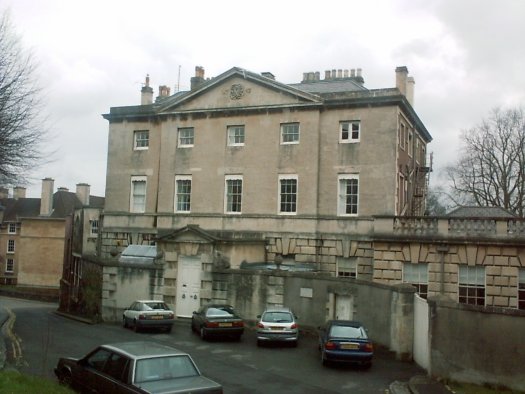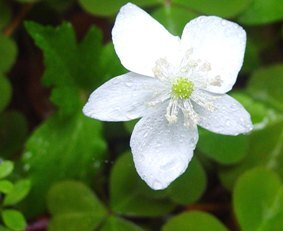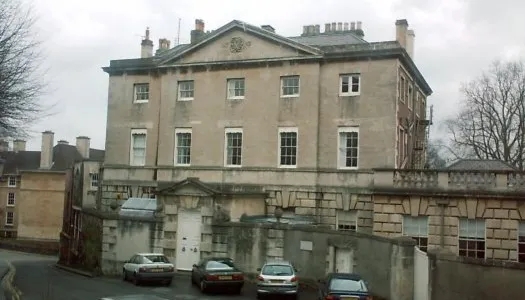We formulate new memories every day, and sensory cues are often associated with each memory that we create. We hear the loud rattle of a train, and we are suddenly taken back to a family trip we took when we were 10, staring out the window, mesmerized by the whole world passing by us in a blur of color. We smell the sweetness of caramel, cinnamon, and butter, and we are reminded of the apple pie we baked from scratch with our friends over Thanksgiving break. We can recall details from these memories and relive them because they are true … or are they?
The unreliability of memory has been studied extensively in the field of cognitive psychology.
It is now widely recognized that human memory is not an exact reproduction of past experiences but is instead an imperfect process that is prone to various kinds of errors and distortions.
Memory Distortion: An Adaptive Perspective, 467
Our brain is continuously adapting to process new memories and to make connections with existing ones, so it’s not surprising that some parts may be overwritten or unintentionally modified. However, John Addington Symonds recounts his childhood memories with striking detail, describing the flowers he saw, the clothes he was wearing, and even the architecture of some of the buildings he was in. Here is an account of his sister’s christening when he was about four years old.
So far as I can now recall it, the building is of pseudo-Graeco-Roman architecture, rectangular in the body, faced with a portico, and surmounted with a nondescript Pecksniffian spire in the bastard classic style … myself dressed in white, with a white hat and something blue in the trimmings of it, half standing, half supported, so as to took over the rim of the pew.
The Memoirs, 64 – 5
Here is another account from his teenage years, thinking about the view he had from his bedroom at Clifton Hill House.

Winter sunrise provided pageants of more fiery splendour. From the dark rim of Dundry Hill behind which the sun was journeying, striving to emerge, there shot to the clear sapphire zenith shafts of rosy flame, painting the bars of cloud with living fire and enamelling the floating mists which slowly changed and shifted across liquid spaces of orange, daffodil and beryl.
The Memoirs, 119-20
It’s incredible how illustrative his descriptions are, and it’s almost as if we, as readers consuming his memoirs more than a century after his death, are right there experiencing the moment with him. However, even though the details are much appreciated, it’s hard to believe that his memories were not fabricated to some extent. I am curious to see how much of his memoirs have factual evidence for or against what he claims to have happened, but this would be an almost impossible task. So perhaps the more important questions are: Why was it so important for him to make the memory seem perfect? What was so significant about those memories?
Regardless of their authenticity, Symonds included these memories and details because each represented a milestone in his life. Either the details were so important to him that he distinctly remembered them after decades had passed, or he was willing to exaggerate the details so he could depict a vivid image of the scene. Symonds wished to document his story through his memories, an emphasis that is clear in the titling of his autobiography as his Memoirs. He wanted to provide some sort of explanation as to how he came to be by delving into not only his sexuality, even though this was an important aspect of his book, but also his family, his values, and the connections he made along the way. Thus, his memories served as a roadmap for him as recapped his journey, and he wrote detailed recounts of events that were crucial to his character development, such as his first kiss with Willie Dyer.
We were together alone, I well remember, in a clearing of Leigh Woods – where the red quarries break down from tufted yews, and dwarf peaches, and wych elms plumed upon the cliff to the riverside. The afternoon sunlight fell upon glossy ivy, bluebells and late-flowering anemones.
The Memoirs, 157

Symonds eventually relied more on his journal entries rather than his memories, but nonetheless, his elaborate storytelling of specific moments of his life continued to be a driving force in his Memoirs. As readers, we are able to immerse ourselves in each experience, relive that memory with him, and get a glimpse of the thoughts he had, who he was as a person, and the impact he had on other people in his life.
John Addington Symonds was hesitant about writing this book and intended to share it only privately or not at all. Even so, he was extremely analytical in the way he approached his Memoirs, and his extremely detailed, almost photographic, accounts of significant events in his life perhaps provided an explanation for himself of the formation of the person that he became. Thus, the vivid memories add not only detail and realism to his work, but they also shed light on Symonds’ values and approach to life by giving future readers a chance to analyze him on another level, looking at not only the content of the memories but also the aspects he chooses to focus on.
Works Cited
- Schacter, Daniel L. Guerin, Scott A. St. Jacques, Peggy L. “Memory Distortion: An Adaptive Perspective.” Trends in Cognitive Sciences. October 2011; 15(10): 467-474.
- Symonds, John Addington. The Memoirs of John Addington Symonds: A Critical Edition. Edited by Amber K. Regis.London: Palgrave Macmillan, 2016.

